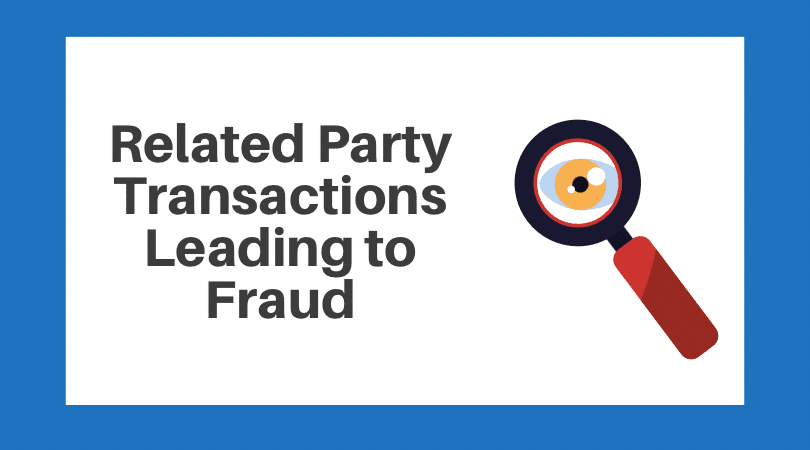
Accounting Tricks Used to Inflate Earnings
By Charles Hall | Financial Statement Fraud
Companies can inflate earnings easily with accounting tricks such as cookie jar reserves.
This article explores how businesses inflate profits and sometimes decrease them, depending on the company’s desires.
Today, I show you how fraudsters alter financial statements to magically transform a company’s appearance. Then, you will know how to detect these tricks.
Inflate Earnings
Companies can inflate earnings by:
- Accruing fictitious income at year-end with journal entries
- Recognizing sales for products that have not been shipped
- Inflating sales to related parties
- Recognizing revenue in the present year that occurs in the next year (leaving the books open too long)
- Recognizing shipments to a re-seller that is not financially viable (knowing the products will be returned)
- Accruing projected sales that have not occurred
- Intentionally understating receivable allowances
Think about it: A company can significantly inflate earnings with just one journal entry at the end of the year. How easy is that?
You may be thinking, “But no one is stealing anything.” Yes, true, but the purpose of manipulating earnings might be to increase the company’s stock price. Once the price goes up, the company executives sell their stock and make their profits. Then, the company can, in the subsequent period, reverse the prior period’s inflated entries.
Inflate Earnings: Control Weakness
Such chicanery usually flows from unethical owners, board members, or management. The “tone at the top” is not favorable. These types of accounting tricks typically don’t happen in a vacuum. Usually, the top brass demands “higher profits,” often not dictating the particulars. Then, years later, they plead ignorance once the fraud is detected, saying their lieutenants worked alone.
Such possibilities are why the control environment, an entity-level control, is so important. Ethical leadership is foundational to a company’s health. Additionally, controls such as codes of conduct and conflict of interest statements matter.
So, how can companies lessen the risk of earnings manipulation?
Inflate Earnings: Lower the Risk
Transparency is the remedy to someone inflating earnings.
This sentence sounds simple, but transparency usually removes the temptation to inflate earnings. When fraudsters believe they’ll get caught, they usually will not act.
A robust internal audit department can put some fear in the heart of fraudsters and provide additional transparency. The board should hire internal auditors who report directly to them. Moreover, the company’s internal auditors should know that the board has their back.
But what if board members don’t desire transparency such as the WorldCom fraud? Consider removing them, if possible.
Now, let’s consider whether a company might desire decreased earnings.
Deflate Earnings (Cookie Jar Reserves)
Though much less likely, some businesses fraudulently decrease their earnings. Why? The company may want to save current year earnings for future periods, especially if highly profitable in the current period.
For example, what if a company bases bonuses on profits and has high current-year earnings? Then management might defer some of the profits to the following period (to increase the possibility of bonuses in the next year).
Deferring earnings is called a cookie jar reserve.
For example, if a company’s allowance for uncollectible receivables is acceptable within a range (say 1% to 2% of receivables), it might use the higher percent in the current year. The higher reserve decreases current-year earnings (the allowance is credited, and bad debt expense is debited, increasing expenses and decreasing net income). Then, the following year, the company might use 1% to increase earnings (even though 1.75% might be more appropriate).
Such actions are called smoothing.
Inflate Earnings Summary
So, as an auditor, know whether your audit client desires higher or lower profits–or whether they want the numbers to fall honestly.
And be aware of fraud incentives such as management bonuses. Then, audit accordingly.
How to Audit Journal Entries
If you want to know how to audit for potential fraudulent journal entries used to inflate earnings, see Get a Grip on Journal Entry Testing.

